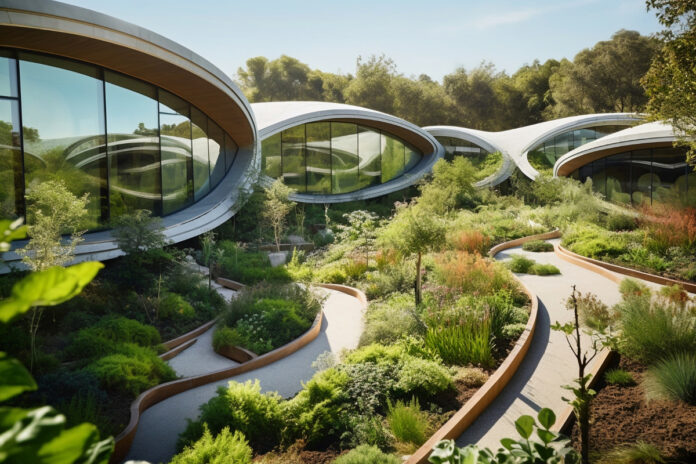wasim
Overview:
In 2025, sustainability in architecture has evolved beyond simply reducing environmental harm — it’s now about regenerative design, where buildings contribute positively to the environment, community, and economy.
✅ Key Features in the USA (2025):
1. Net-Zero & Net-Positive Buildings
- Net-Zero: Produce as much energy as they consume.
- Net-Positive: Generate more energy than they use, contributing surplus to the grid.
- Example: Google’s Bay View Campus in California (LEED Platinum, net-positive design).
2. Biophilic Design
- Integrates natural elements like light, air, water, plants, and natural materials.
- Benefits: improved mental health, reduced stress, increased productivity.
- Common in: hospitals, schools, and tech office campuses.
3. Carbon-Negative Materials
- Use of hempcrete, mass timber, mycelium, and recycled concrete.
- Mass timber is booming in cities like Portland and Minneapolis, replacing steel and concrete in mid-rise and high-rise buildings.
4. Water Efficiency & Recycling
- Rainwater harvesting, greywater recycling, and permeable pavements.
- Drought-prone states like California and Arizona lead innovations in water-conscious architecture.
5. Urban Regeneration Projects
- Abandoned warehouses, factories, and malls are being transformed into vibrant, energy-efficient community spaces.
- Example: Buffalo’s Northland Workforce Training Center.
🔄 Regenerative Strategies (Going Beyond Sustainability):
- Green roofs & vertical gardens to improve air quality and reduce heat.
- Soil restoration around urban developments.
- Buildings that support biodiversity by creating habitats (e.g., pollinator-friendly rooftops).
📍 U.S. Trends in 2025:
- LEED v5 certification pushes stricter environmental benchmarks.
- The Inflation Reduction Act (IRA) provides tax incentives for green infrastructure.
- Cities like New York, Seattle, and San Francisco now require energy benchmarking for all commercial buildings.
🌎 Societal Impact:
- Reduces dependency on fossil fuels.
- Improves occupant well-being and productivity.
- Strengthens climate resilience in urban areas.
- Encourages community engagement and education around sustainability.
